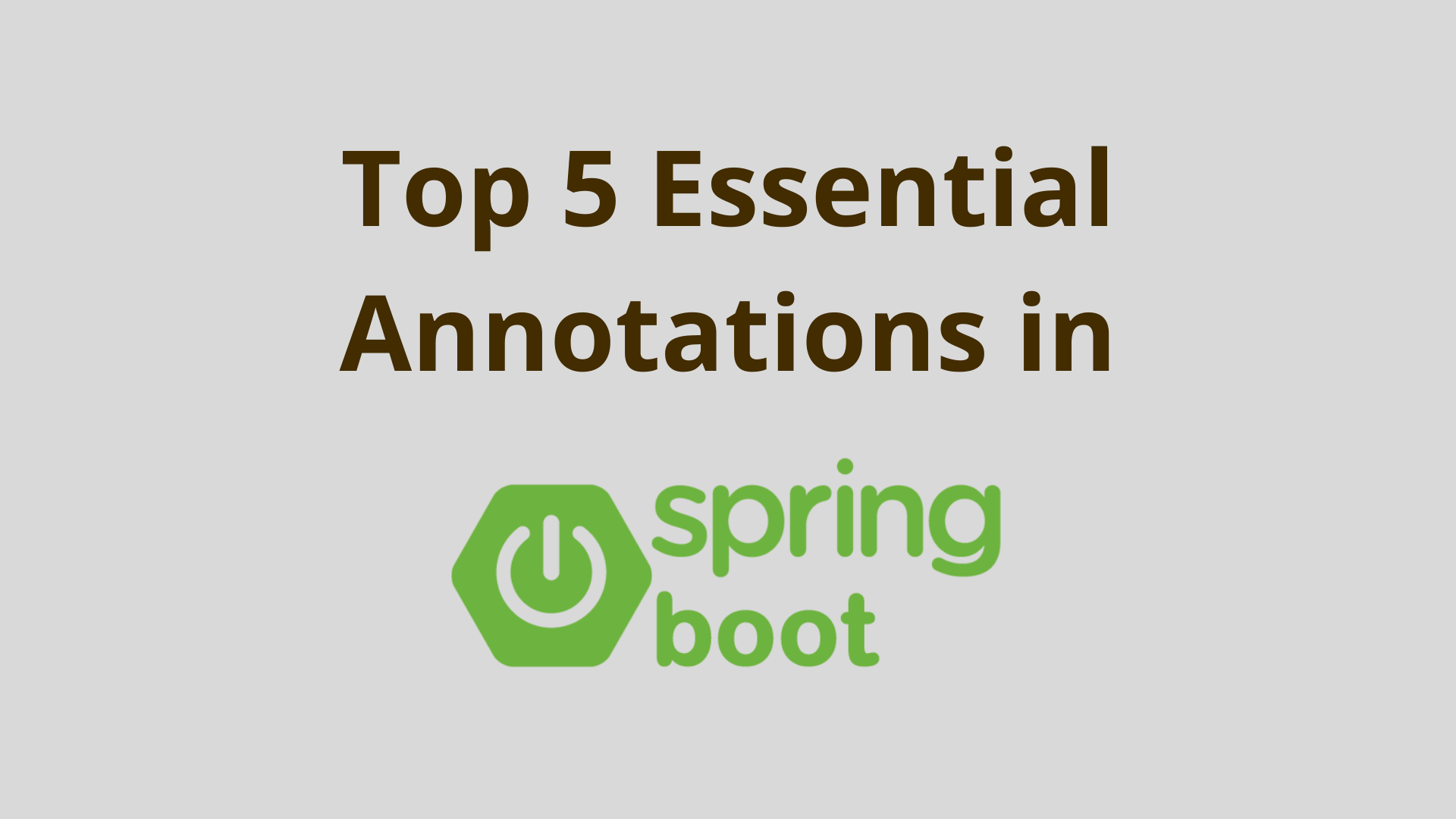

As the JavaDoc suggests:Ĭan be used in association with or to override the default non-nullable semantic to nullable. This will tell the IDE that the field can be null in some cases, so no need to trigger an alarm. We can express our intention using the annotation on the field. But as per our safety checks, the IDE thinks it cannot be. There could be scenarios where a particular field can be null (no matter how much we want to avoid it).įor example, the pastEmployment field could be nullable in the Employee class (for someone who hasn’t had previous employment). Shows a warning if any of the parameters or return values are null for the applied here is a catch. Here is a quick summary for Annotated element We can see the IDE is now warning us about the non-nullable return value: Package io.reflectoring.nullsafety // imports Let’s use a plain Employee class to understand the annotations:
Spring annotations cannot find code#
IntelliJįor IntelliJ, we can activate the annotation checking under ‘Build, Execution, Deployment -> Compiler’: Eclipseįor Eclipse, we can find the settings under ‘Java -> Compiler -> Errors/Warnings’: Example Code What is interesting, application itself works well.

I am using MySQL server, config is saved in application.properties file. If you don’t see the relevant warning, check the compiler settings in your IDE. The injection point has the following annotations: - .annotation.Autowired (requiredtrue) Action: Consider defining a bean of type '' in your configuration. If you really want you can add an AutoConfigureTestDatabase which will configure an in-memory test db, M. Design a beautiful user interface using Android. Secondly you are running a WebMvcTest which will only configure the web part of Spring Boot and nothing else. Get one of our Figma kits for Android, Material Design, or Wear OS, and start designing your apps UI today. Please note that not all development tools can show these compilation warnings. For starters remove the first 2 lines of your setup method (that is already being done by Spring). The Spring Boot starter is all we need, no need to add any extra dependencies. To create the base project, we can use the Spring Initializr. Assume that you have a table, ProductCatalog, that has Id as the primary key. For example, if a user has authentication on our domain, we can profile his use of an application by applying restrictions on existing methods. Let us find out more with some code examples. Overview With Spring Security, we can configure the authentication and authorization of an application for methods such as our endpoints. We are going to use IntelliJ IDEA in this tutorial. The composite annotation (you can learn more about it in the Spring documentation simply gives Spring a hint on which packages should be scanned to retrieve. They can warn developers of potential issues during compile time.

Spring annotations cannot find how to#
In this article, we will learn how to use these annotations to write null-safe code using Spring Boot. The value annotation is the easiest way to inject values into primitive fields. Luckily, Spring Framework offers some annotations to solve this exact problem. Java’s type system does not have a way to quickly eliminate the dangerous null object references. Since NullPointerException is a runtime exception, it would be hard to figure out such cases during code compilation. Null-safety ensures that we have added proper checks in the code to guarantee the object reference cannot be null or possible safety measures are taken when an object is null, after all. We can find plenty of articles on the internet explaining how to write null-safe code. Map entries can also be filtered before injection.NullPointerExceptions (often shortened as “NPE”) are a nightmare for every Java programmer.

Private Integer unknownMapKeyWithDefaultValue


 0 kommentar(er)
0 kommentar(er)
